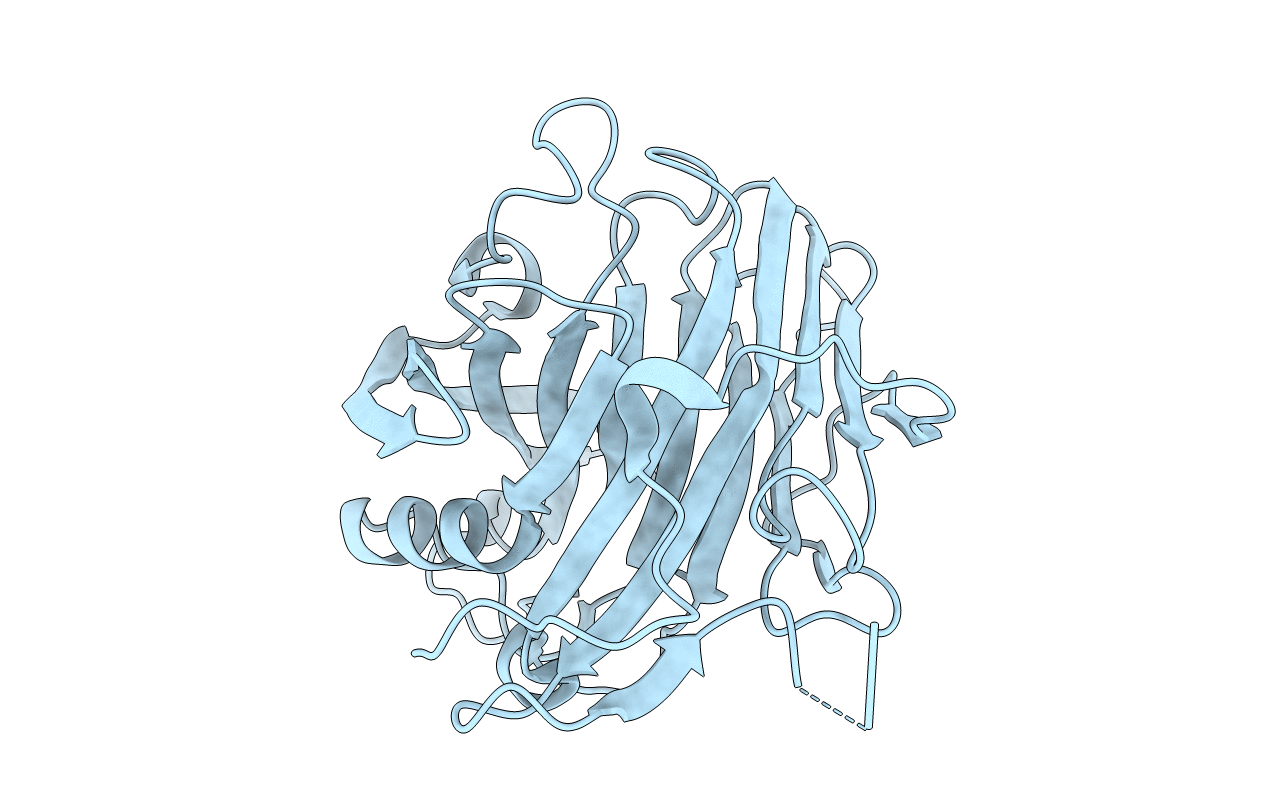
Deposition Date
2016-09-22
Release Date
2017-08-30
Last Version Date
2024-10-30
Entry Detail
PDB ID:
5GYB
Keywords:
Title:
Crystal structure of ENZbleach xylanase V5N+V6N+K7R+K223R+K227R and T28C+T60C mutant
Biological Source:
Source Organism:
termite gut metagenome (Taxon ID: 433724)
Host Organism:
Method Details:
Experimental Method:
Resolution:
1.65 Å
R-Value Free:
0.20
R-Value Work:
0.17
R-Value Observed:
0.17
Space Group:
P 2 21 21


